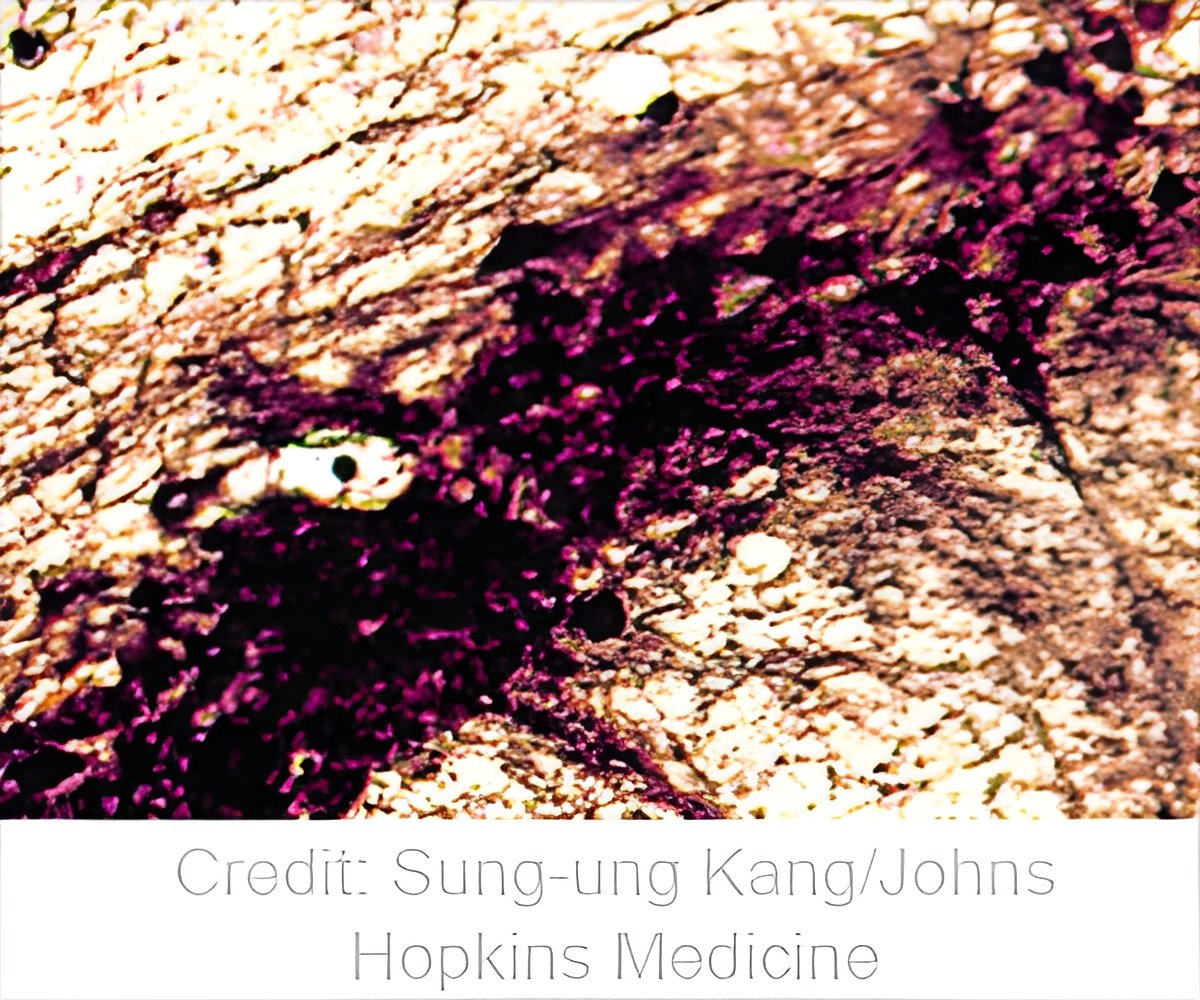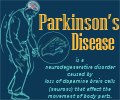Scientists from Johns Hopkins University have found that targeting Parkin and PINK1 protein levels could remove symptoms of Parkinson’s disease.

- Two keys proteins that are associated with Parkinson’s disease were identified by a research team from the Johns Hopkins University. These proteins are chemically related.
- PARIS protein levels are essential for the protection of neurons that make dopamine.
- PARIS found to be chemically associated with PINK1 (PTEN-induced putative kinase 1) and Parkin that are important in the development and progression of Parkinson’s disease.
- Lack of co-ordination of the muscles
- Stiffness of muscles
- Tremors
Mutations in Genes
Earlier studies have found that mutations in the genes that code for protein Parkin as well as defects in the protein PINK1 has been found to result in the death of neurons that produce dopamine.The research team carried out experiments on mice to identify if the two proteins implicated in Parkinson’s were acting through PARIS, as a single intermediary. In an earlier study conducted by the scientists in the year 2011, it was found that the protein Parkin, present in the human and mice brain tissue, added ubiquitin as a chemical tag to PARIS, which leads to the breakdown of other proteins.
PINK1 and PARIS
The research team conducted biochemical tests to determine if there was a relationship between PINK1 and PARIS. The findings of the study were- The function of the protein PINK1 was by adding a phosphate group to a particular site on the PARIS protein as a chemical tag.
- PINK1 protein that was altered, and which was associated with Parkinson’s disease, could not add this chemical tag.
- The addition of the chemical tag, phosphate, was necessary as it signaled a chain of events that ultimately lead to the dismantling of the PARIS protein.
- 3-fold increase in the amount of PARIS
- Doubling of the amount of PARIS present
- Increase in PINK1 was associated with lowering cells death due to increased amounts of PARIS.
- When PINK1 was altered to remove the sites at which the phosphate group was added by PARIS, there was no reduction in cell death
The mutations that were associated with PINK1 and Parkin are associated with Parkinson’s disease. Altered Parkin was found to be associated with many inherited cases of the disease. The research team stated that a drug that targeted Parkin could aid in treating the neurological condition.
Parkinson’s Disease
Parkinson's disease is a chronic disorder that affects movement and can worsen over a period of time. Around 1 million people suffer from this condition in the US and the disease is characterized by lowering motor abilities like gait, rigidity of limbs, tremors of the limbs with a lack of balance and co-ordination.The symptoms associated with Parkinson’s are due to the destruction of vital neurons in the brain. The major area of the brain that is affected is the substantia nigra. Dopamine-producing neurons are reduced significantly, affecting movement.
Though there are further studies that are required to validate the current discovery of the role of the proteins PINK1 and Parkin in Parkinson’s disease, the development of a drug that targets these proteins could mean a more effective treatment strategy for the disease.
- Yunjong Lee, Daniel A. Stevens, Sung-Ung Kang, Haisong Jiang, Yun-Il Lee, Han Seok Ko, Leslie A. Scarffe, George E. Umanah, Hojin Kang, Sangwoo Ham, Tae-In Kam, Kathleen Allen, Saurav Brahmachari, Jungwoo Wren Kim, Stewart Neifert, Seung Pil Yun, Fabienne C. Fiesel, Wolfdieter Springer, Valina L. Dawson, Joo-Ho Shin, Ted M. Dawson. PINK1 Primes Parkin-Mediated Ubiquitination of PARIS in Dopaminergic Neuronal Survival. Cell Reports, 2017; 18 (4): 918 DOI: 10.1016/j.celrep.2016.12.090
- What is Parkinson’s Disease? - (http://www.pdf.org/about_pd)
- Parkinson's Disease - (https://medlineplus.gov/parkinsonsdisease.html)












